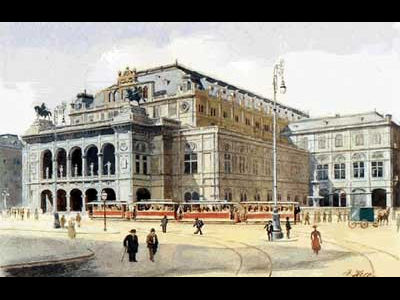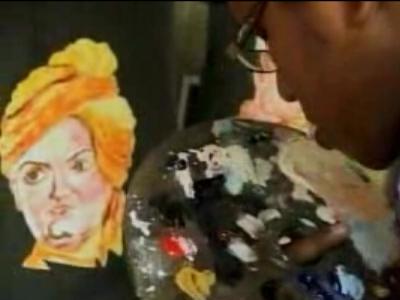What does Munch's 'The Scream' represent and why has it become so popular?

The painting '
This person isn't actually screaming - Noah Charney - YouTube
A black silhouette of a human figure is painted against a background of a red sky distorted and blending with the waterside and greenery. And in the foreground, a figure with a distorted, painful expression is painted. 'The Scream', created by Munch in 1893, is known as a world-famous work.
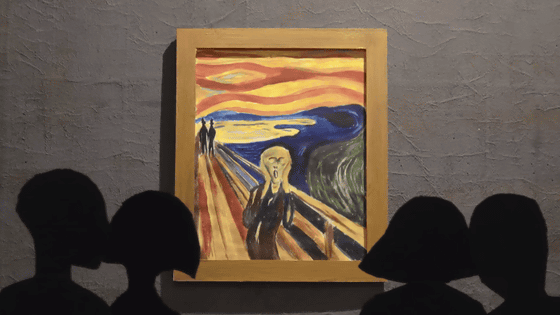
Munch was born in 1863 as one of five children. In the 1800s, tuberculosis was a serious problem throughout Europe, killing an estimated one-quarter of adults. Munch lost his mother and sister to the disease, and soon after became ill himself at a young age. Another sister suffered from mental illness and spent most of her life in institutions.
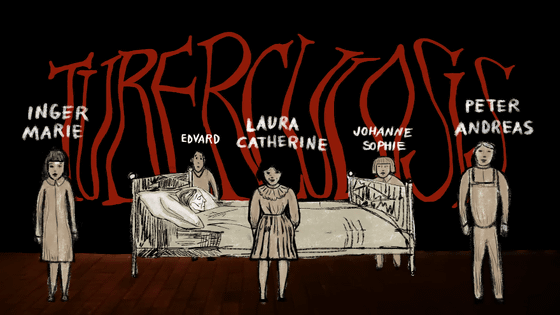
Munch often missed school due to illness, and spent his time drawing and listening to his father read him eerie stories. Munch wrote, 'I inherited the seeds of madness,' and 'The angels of fear, sadness and death have been with me since the day I was born.'

Munch eventually moved to Berlin, where he joined a creative group dedicated to the development of crafts. There, Munch learned classical techniques, but he also became immersed in 'soul painting,' which emphasizes raw subjective emotion over realistic depiction. 'What should be painted is not the chair, but what someone feels when they see the chair,' Munch said.

Munch's works often featured death, such as a skeleton boatman, a morbid self-portrait, and a painting of his mother on her deathbed. Some critics called his paintings, in which a woman preys on an unfortunate man, 'merciless,' and he was described as 'mad,' but he also began to receive praise.
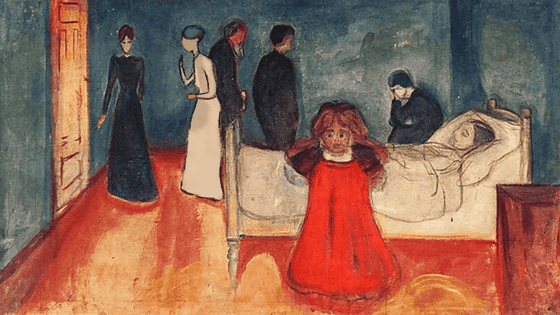
In his diary entry for January 22, 1892, Munch wrote that he was walking with two friends at dusk along
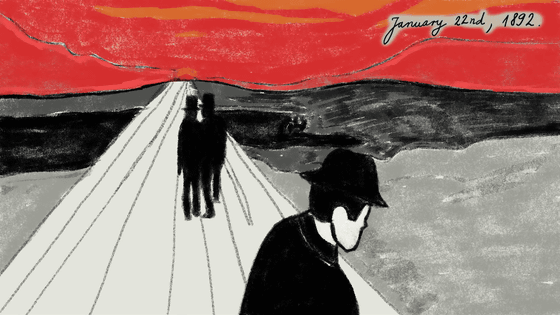
The diary ends with, 'And then I felt an endless scream echoing through nature.' Therefore, it is thought that the figure in the foreground of 'The Scream' is not a depiction of the person screaming, but rather of someone covering their ears to the ringing screams.
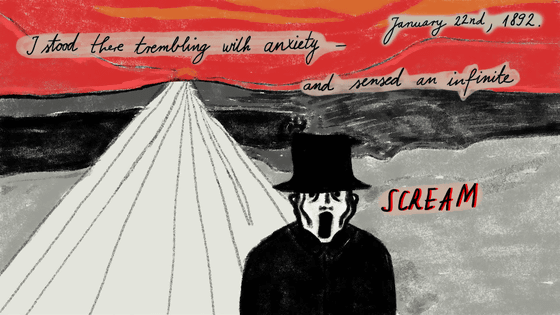
Munch made repeated visits to the fjord and initially depicted the central figure in a recognizable way, but as he layered the imagery with a dramatic and abstract symbolism, he ended up painting the central figure with a strongly distorted skull-like face, eventually resulting in the widely known 'Scream.' Munch wrote that this painting 'could only have been painted by a madman.'

Munch ultimately produced four versions of The Scream: two in pastel and two in paint, as well as prints and
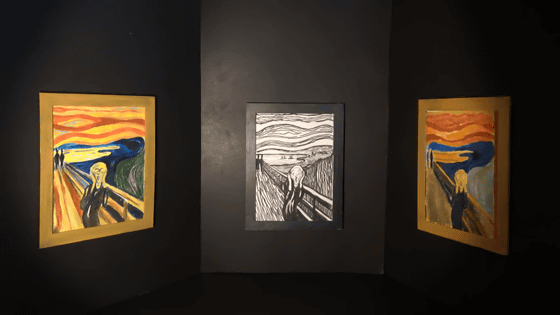
Furthermore, when 'The Scream' entered the public domain in the mid-1990s, its distinctive composition and colors were imitated and it was cited in various parodies, making it even more famous as a quintessential symbol of fear and anxiety.
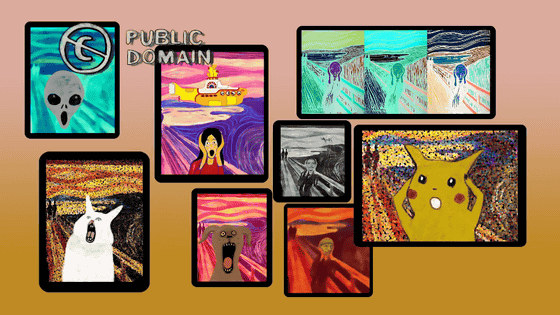
The image of the 'scream' as a typical symbol of fear and anxiety is also commonly seen in modern emojis.

Related Posts:





